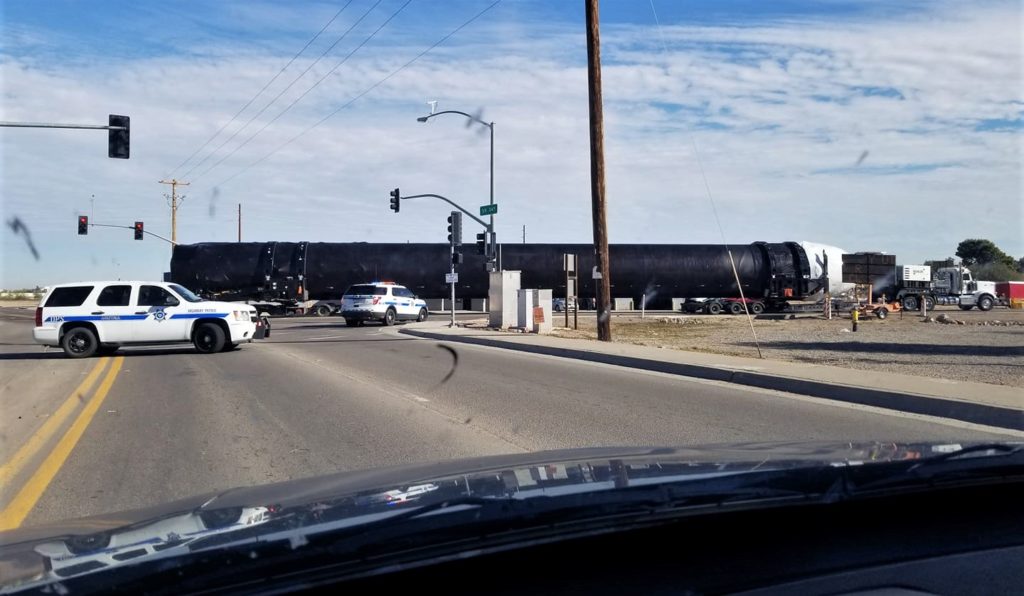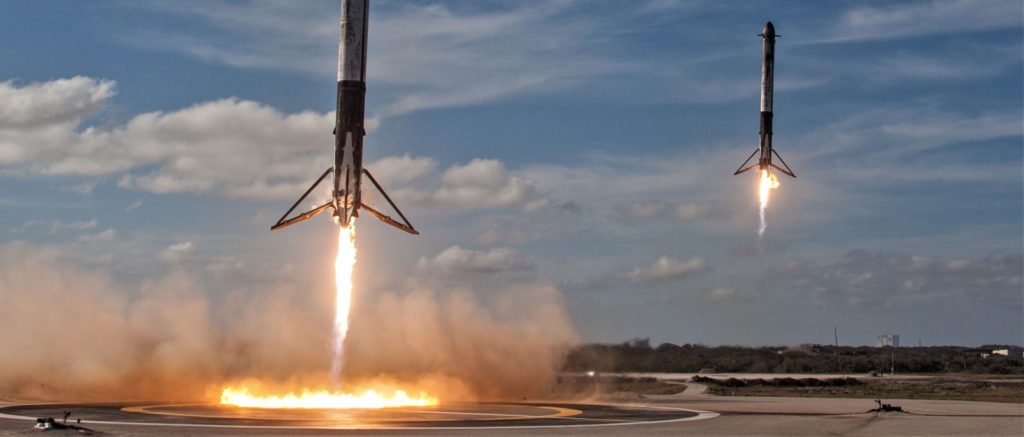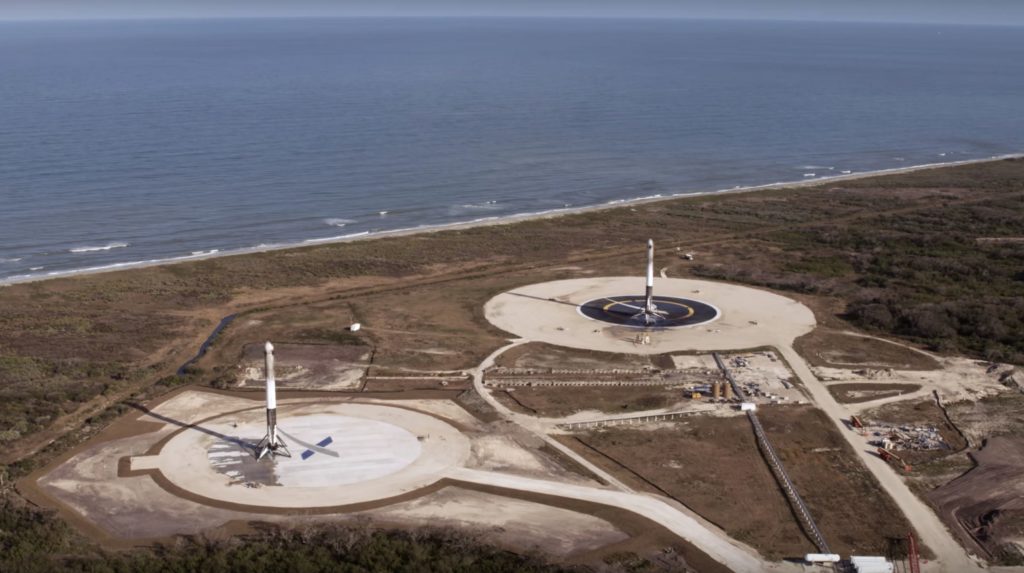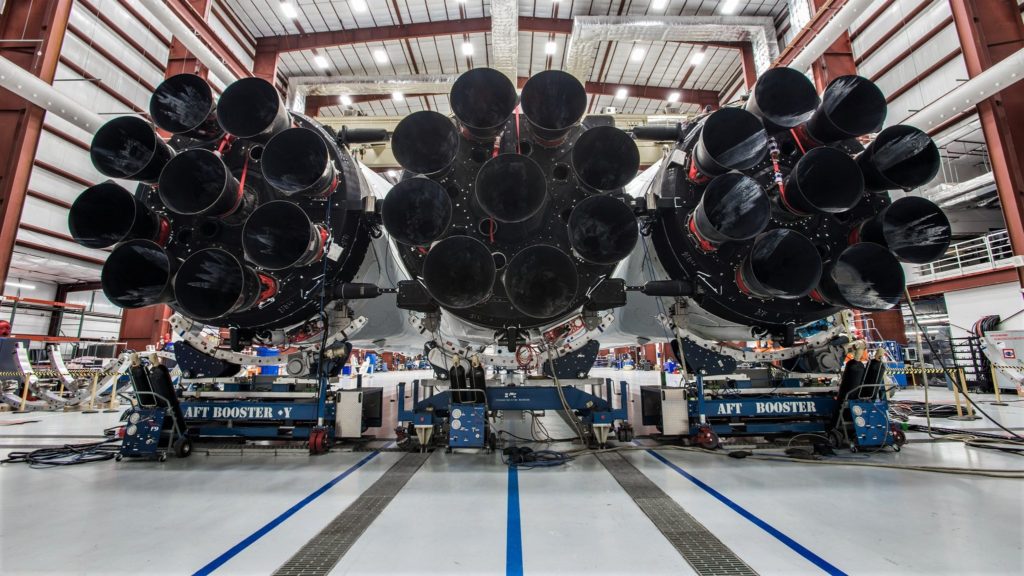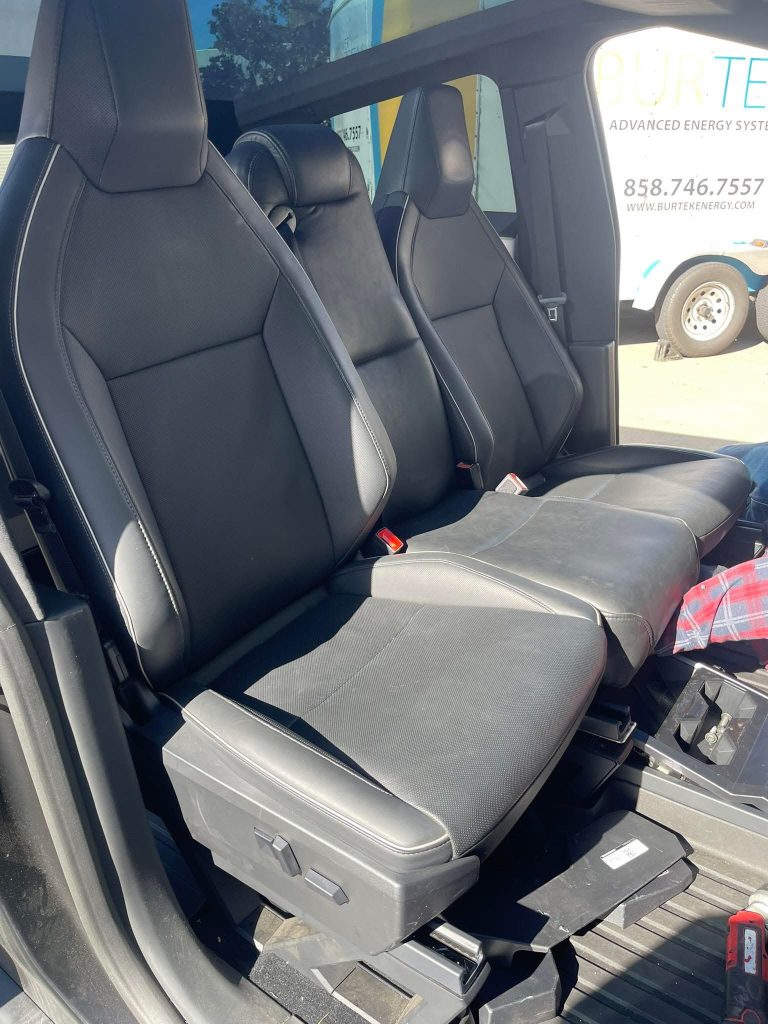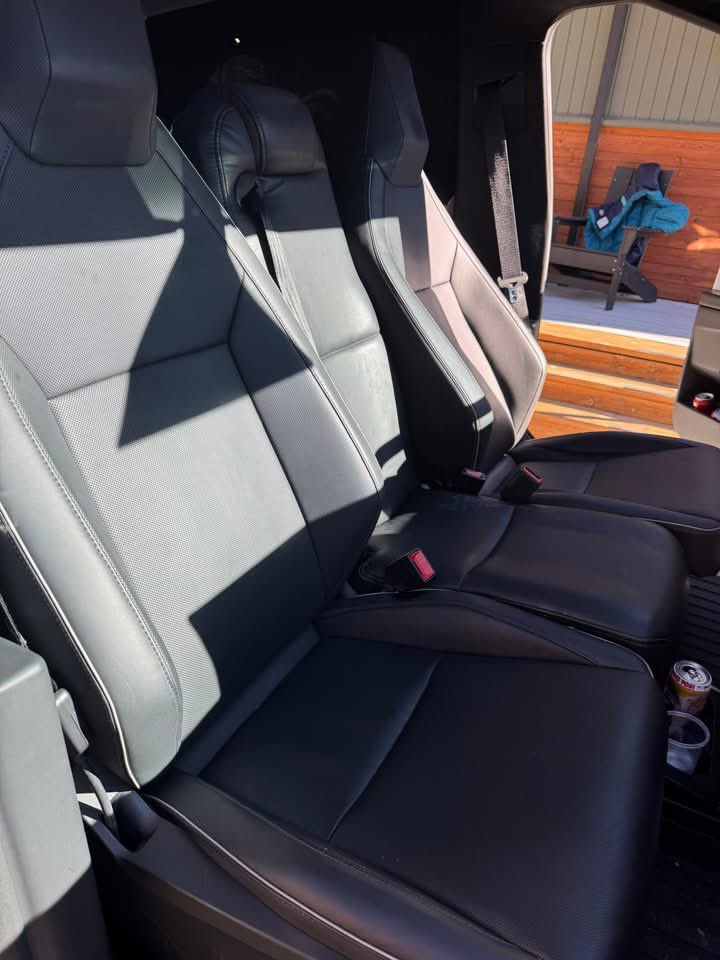
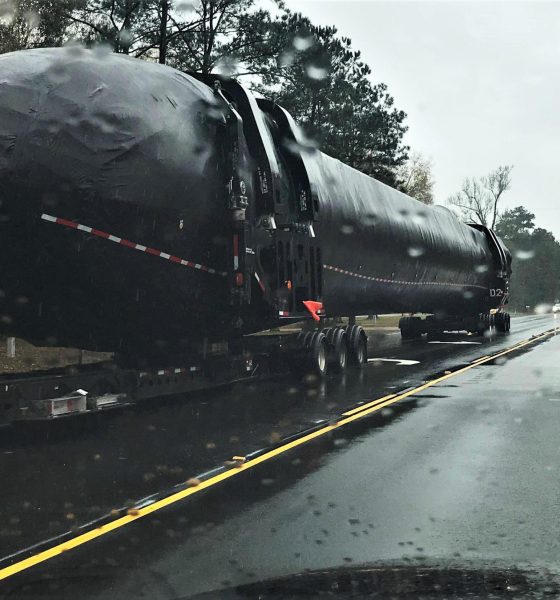
News
SpaceX to attempt back-to-back Falcon Heavy launches with booster reuse in 2019
SpaceNews reports that SpaceX is planning an impressive duo of Falcon Heavy launches in the first half of 2019, the heavy lift rocket’s second and third missions. According to Nicky Fox, NASA’s heliophysics division director, SpaceX intends to recover and reuse all three Falcon Heavy first stage boosters for both launches and apparently believes that it can recover and prepare them for a second launch in as few as 60 days.
Following a highly successful February 2018 launch debut, SpaceX has targeted the launches of commercial satellite Arabsat 6A and the USAF’s Space Test Program 2 (STP-2) in the second half of 2018, a schedule that rapidly realigned to H1 2019. If the unofficial plan described above turns out to be true, the USAF will apparently become the first commercial customer to launch on a flight-proven Falcon Heavy.
NASA looking to launch delayed space science missions in early 2019 https://t.co/Q3wojAStr5 pic.twitter.com/YBp4lhF1bo
— SpaceNews (@SpaceNews_Inc) December 19, 2018
A Reddit user was lucky enough to spot one of SpaceX’s next-gen Falcon Heavy side boosters – coincidentally just one day after Dr. Fox’s comments – on its way East through rainy Louisiana, undeniable evidence that the heavy lift rocket’s second (and third) launches have a real chance of happening in early 2019. According to Dr. Fox, SpaceX is seriously targeting a very rapid turnaround of Falcon Heavy’s next three first stage boosters, stating (admittedly without official confirmation) that SpaceX would be reusing the boosters from Arabsat 6A’s March 2019 launch on the planned April 2019 launch of STP-2.
“[Falcon Heavy] will launch [STP-2 in April] after the successful launch of Arabsat, which is currently manifested for March. [SpaceX] will recover and reuse the boosters, so we’re kind of watching what happens with that first launch.” – Dr. Nicky Fox via SpaceNews
Whether or not this officially unconfirmed information is correct, it certainly sounds like just the thing that CEO Elon Musk might challenge SpaceX to pull off, not to mention the fact that this would place the US Air Force in a situation requiring it to become the first commercial customer to launch on a flight-proven Falcon Heavy. This would be a truly dramatic change in attitude compared to comments made in just the last week, brought up in the context of SpaceX’s planned December 18 (now Dec 22) launch of the USAF’s first next-gen GPS satellite, GPS III SV01. In official comments provided to the media, the Air Force was extremely “uncertain” about allowing SpaceX to even attempt to recover its Falcon 9 booster, let alone allowing the company to fly Air Force payloads on flight-proven rockets.
- The second Falcon Heavy booster in four weeks was spotted Eastbound in Arizona by SpaceX Facebook group member Eric Schmidt on Dec. 3. (Eric Schmidt – Facebook)
- Falcon Heavy’s two side boosters landed side-by-side after a successful launch debut. (SpaceX)
- LZ-1 and LZ-2, circa February 2018. (SpaceX)
- Falcon Heavy ahead of its inaugural launch. (SpaceX)
Admittedly, the intentions behind STP-2 differ drastically from GPS III SV01. As the name suggests, the missions falls under a program explicitly designed to test and prove out new launch vehicles in the context of fast-tracking their certification for higher-value Air Force spacecraft. Falcon 9 could almost certainly launch STP-2 in a reusable configuration, but the USAF chose Falcon Heavy – and included literal dead weight – because the military branch is very interested in the rocket’s potential utility for more serious National Security Space missions.

SpaceX’s first Falcon Heavy launch famously featured flight-proven side boosters that performed jaw-dropping simultaneous landings at LZ-1 and LZ-2. Chances are good that Falcon Heavy Flight 2 and 3 will both feature additional attempts at simultaneous LZ booster landings. If SpaceX can find a way to launch Falcon Heavy twice in barely two months while still reusing all three first stage boosters, it’s hard to imagine a better way to demonstrate the economic and technological viability of both Falcon Heavy and Block 5’s reusability upgrades.
For prompt updates, on-the-ground perspectives, and unique glimpses of SpaceX’s rocket recovery fleet check out our brand new LaunchPad and LandingZone newsletters!

News
Tesla claims nearly 20% market share as Norway sets new car sales record
Tesla captured roughly one in five new cars in Norway, highlighting its dominance in the world’s most EV-friendly market.
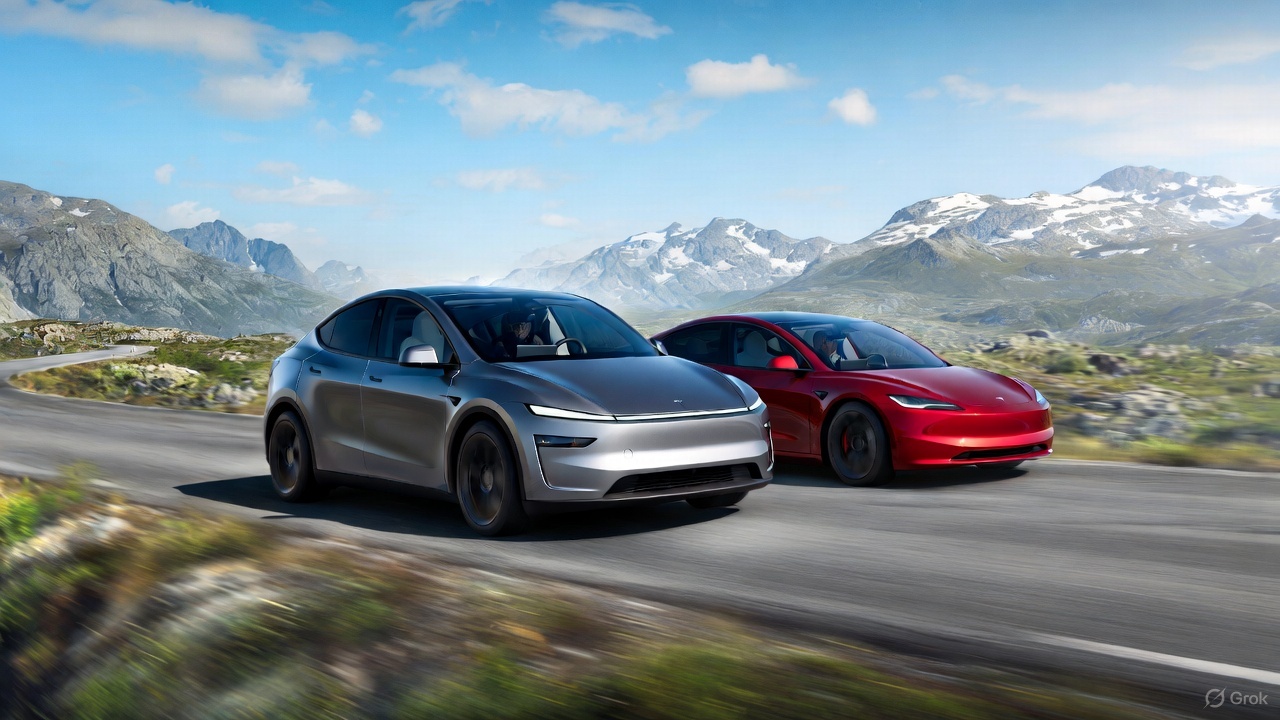
Norway shattered its all-time new car sales record in 2025, and Tesla emerged as the clear winner. A year-end rush ahead of higher EV taxes pushed registrations to nearly 180,000 vehicles, with electric cars accounting for 96% of sales.
Tesla captured roughly one in five new cars in Norway, highlighting its dominance in the world’s most EV-friendly market.
Norway’s EV rush
As noted in a CarUp report, Norway’s electric vehicle sales in 2025 surged, thanks in part to buyers rushing ahead of a post–new year VAT increase of roughly 50,000 kronor on many new electric cars. This ended up pulling demand forward and setting a national record with almost 180,000 registrations in 2025.
The result was unprecedented. From the vehicles that were sold in 2025, 96% of new cars sold were fully electric. And from this number, Tesla and its Model Y made their dominance felt. This was highlighted by Geir Inge Stokke, director of OFV, who noted that Tesla was able to achieve its stellar results despite its small vehicle lineup.
“Taking almost 20% market share during a year with record-high new car sales is remarkable in itself. When a brand also achieves such volumes with so few models, it says a lot about both demand and Tesla’s impact on the Norwegian market,” Stokke stated.
Tesla domination
Tesla led all brands in Norway with 34,285 registrations, which is equal to a 19.1% market share. These results place Tesla well ahead of Volkswagen and Volvo, which held a 13.3% and 7.8% market share in 2025, respectively.
On the model chart, Tesla’s strength was even clearer. The Tesla Model Y topped all vehicles with 27,621 registrations, accounting for 15.4% of the entire market. The Tesla Model 3 also ranked among the top five, accounting for 3.7% of Norway’s entire auto sales in 2025.
Other strong performers included Volkswagen’s ID.4 and ID.7, Toyota’s bZ4X, which commanded 4.9%, 3.9%, and 4.1% of Norway’s total sales in 2025, respectively.
News
Tesla China sees 2nd-best month ever by selling 97,171 vehicles wholesale in December
The results mark Tesla China’s second-highest monthly result on record, trailing only November 2022’s 100,291 units.

Tesla posted a sharp year-end rebound in China last month, with December’s wholesale figures climbing to their second-highest level to date.
The surge capped a late-year recovery for the electric vehicle maker, even as full-year wholesale figures still finished lower year over year. Still, the data highlights how Tesla China’s offerings still resonate with customers in the world’s most competitive electric vehicle market.
Tesla China’s December surge
Tesla China sold 97,171 vehicles wholesale in December, as per data from the China Passenger Car Association (CPCA). The results mark Tesla China’s second-highest monthly result on record, trailing only November 2022’s 100,291 units, based on data compiled by CNEVPost. The details of Tesla China’s December results, such as its domestic sales and exports, are yet to be released.
December’s wholesale results represent a 3.63% increase from the same month last year and a 12.08% jump from November’s 86,700 units. It also marked the second consecutive month of year-over-year growth, signaling renewed momentum in China.
Tesla’s late-year momentum is believed to be partly driven by Tesla pulling deliveries forward to allow buyers to take advantage of more favorable purchase tax policies before the calendar year ended. That strategy helped boost monthly performance even as competition in China’s EV market remained intense.
Tesla China’s FY 2025 volumes
Despite the strong December finish, Tesla China’s wholesale sales declined on an annual basis. The electric vehicle maker’s total wholesale figures for 2025 reached 851,732 units, down 7.08% year over year. This could have been due to a variety of factors, from intense competition in the domestic Chinese market to Giga Shanghai’s changeover to the new Model Y in the early part of the year.
Tesla Gigafactory Shanghai continues to play a central role in its global operations, producing the Model 3 sedan and Model Y crossover for both Chinese customers and export markets. The efficiency of Gigafactory Shanghai has allowed it to become Tesla’s largest factory by volume, as well as the company’s primary vehicle export hub.
Cybertruck
Tesla Cybertruck undergoes interior mod that many owners wanted
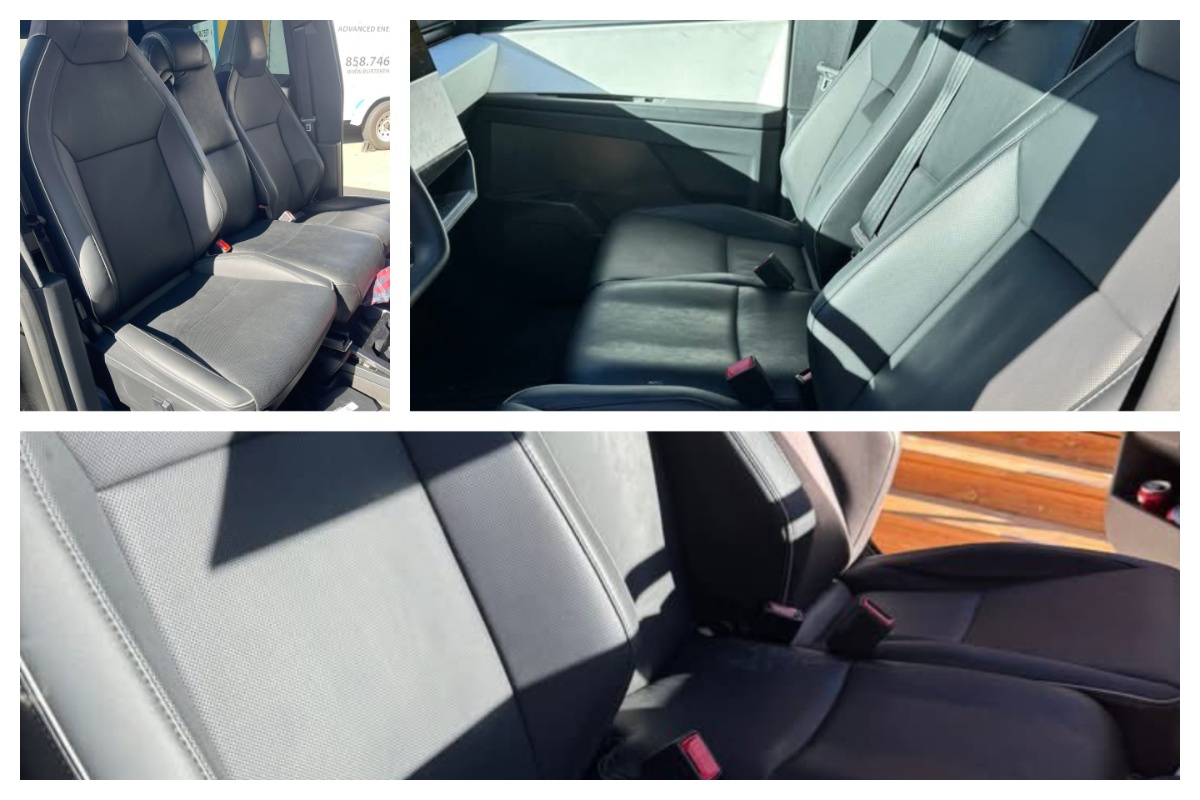
Tesla Cybertruck is significantly different from traditional pickups on the market in a lot of ways. However, one feature that was recently modified with its interior was a highly requested characteristic that is present in other trucks, but was void from Cybertruck.
Tesla went with a five-seat configuration with Cybertruck: two in the front and three in the back. The spacious interior is matched with plenty of storage, especially up front, as a pass-through, center console, and other storage options, but some Tesla fans wanted something different: bench seating.
Bench seating is popular in many full-size pickups and allows three passengers to sit up front. The middle seat is usually accompanied by a fold-down storage unit with cupholders.
Tesla decided to opt for no bench seating up front, despite the fact that it equipped bench seating in the unveiling in 2019. Interior photos from the unveiling event from nearly six-and-a-half years ago show Tesla had originally planned to have a six-seat configuration.
This was adjusted after the company refined the design:
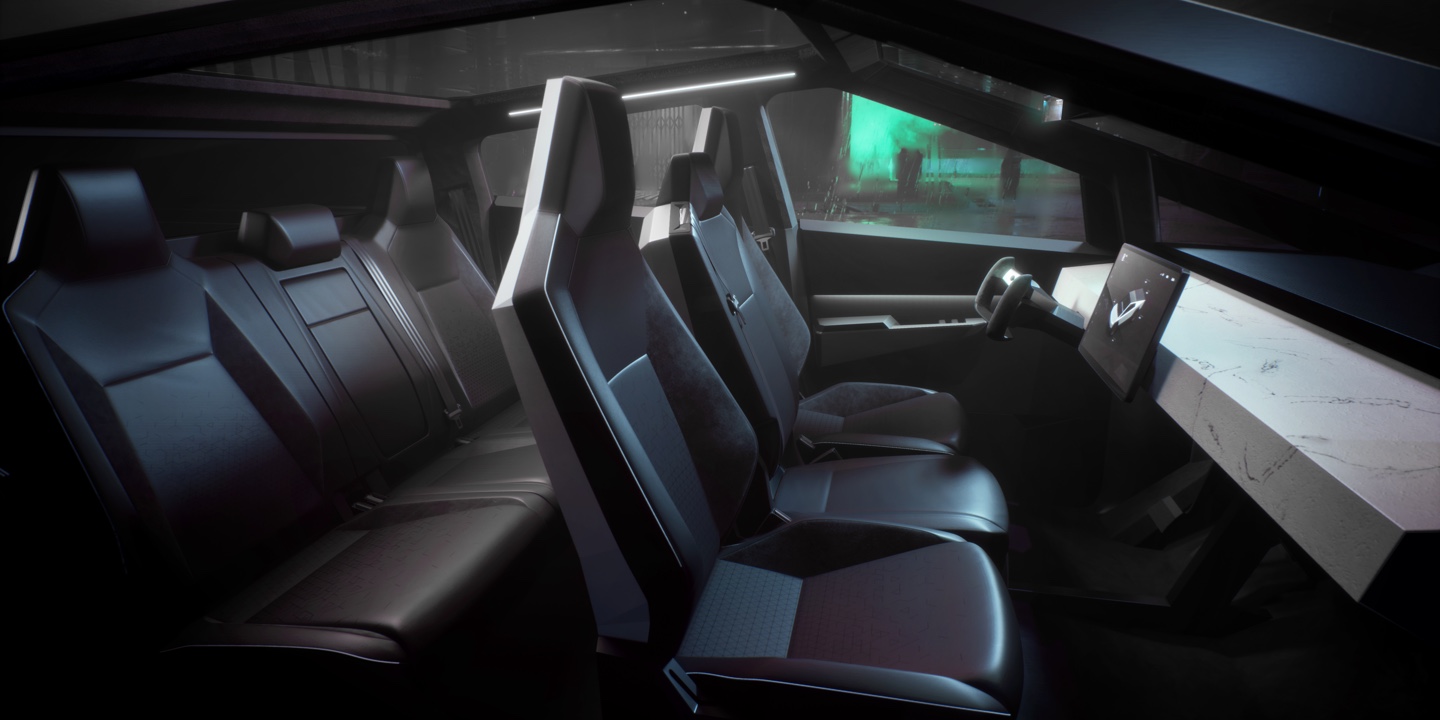
(Tesla Cybertruck interior configuration in 2019)
Despite Tesla abandoning this design, it does not mean owners were willing to accept it. One owner decided to modify their Tesla Cybertruck interior to equip that third seat between the driver’s and passenger’s thrones.
The fit is snug, and while it looks great, it is important to remember that this does not abide byregulations, as it would require an airbag to be technically legal. Please do not do this at home with your own Cybertruck:
- Credit: @blueskykites
- Credit: @blueskykites
- Credit: @blueskykites
The Cybertruck is a popular vehicle in terms of publicity, but its sales have been underwhelming since first delivered to customers back in 2023. It’s hard to believe it’s been out for two-and-a-half years, but despite this, Tesla has not been able to come through on its extensive order sheet.
This is mostly due to price, as Cybertruck was simply not as affordable as Tesla originally planned. Its three configurations were initially priced at $39,990, $49,990, and $69,990. At release, Cybertruck was priced above $100,000.
This priced out many of those who had placed orders, which is the main reason Cybertruck has not lived up to its expectations in terms of sales. The adjustments to the specific features, like the removal of the bench seat, likely did not impact sales as much as pricing did.
This modification shows some creativity by Tesla owners, but also shows that the Cybertruck could always be the subject of a potential refresh to include some of these features. Tesla routinely adjusts its vehicle designs every few years, so maybe the Cybertruck could get something like this if it chooses to refresh its all-electric pickup.
